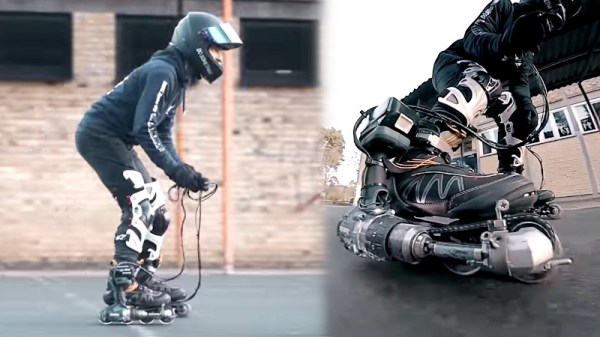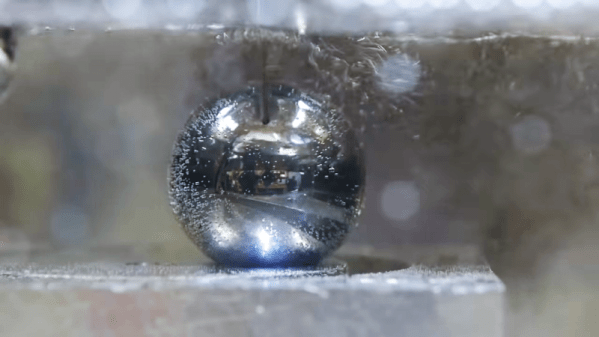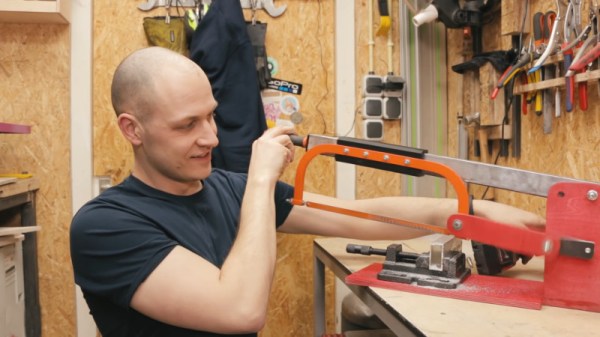Inline skates can be fun, but like most wheeled contraptions, they’re even better when motorized. With just such a goal in mind, [The Real Life Guys] decided to whip up a set of powered skates, running on Makita power!
To get power to the ground, the third wheel on each skate is modified to have a sprocket attached. A Makita drill is then fitted to the skate, transferring power to the wheel through a 90-degree gearbox and a chain drive. The drill is controlled by removing the trigger from the shell and hooking it up with an extended cable.
It’s a lairy setup that probably takes serious practice to use effectively, but does allow for fancy tricks like differential steering if you really want to show off. It’s a great example of using a powerdrill as an all-inclusive motion setup, with the battery, motor and drivetrain already integrated in a neat, tidy package. It’s not the first time we’ve seen a powered set of ‘skates, either! Video after the break.
Continue reading “Motorized Inline Skates Run On Makita Power”

















